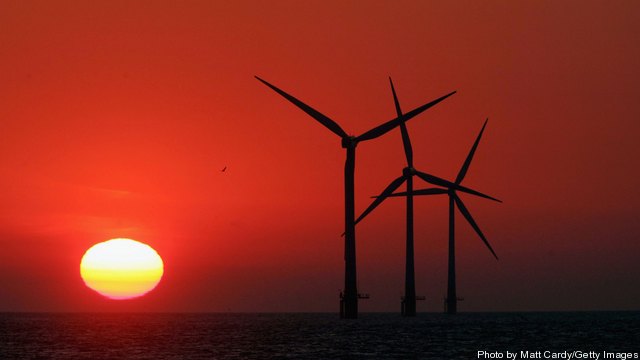
California’s Renewables Portfolio Standard (RPS) requires that, by 2020, all utilities in the state use renewables to generate at least 33 percent of the electricity provided to retail customers. Reaching this RPS target will also play a key role in determining whether or not California will meet its ambitious greenhouse gas emission reduction targets. Many other states are in similar situations: Currently California is one of 29 states (plus the District of Columbia and two U.S. territories) (1) that have RPS targets, and another eight States and two more U.S. territories (2) have adopted renewables portfolio goals (see Figure 1).
Achieving these goals will require a number of states to rely much more heavily on electricity generated by intermittent wind and solar resources. In California, wind and solar generation are expected to provide virtually all of the additional renewable energy needed to achieve the state’s RPS target (see Figure 2). Keep reading →









Renewable Energy’s Five Year Plan: Building the Transparency Set Amid Hectic Growth
By Peter Gardett‘What gets measured, gets managed,’ is an long-standing cliché of business, but its truth is often self-evident when it comes to governance. In planning energy policies, regulators and businesses and even voters must have access to the right kind of data before they can even see which problems are most pressing and which solutions most viable.
The International Energy Agency’s new five-year forecast for the renewable energy sector joins the fuel-specific reports covered by its widely read oil, natural gas and coal mid-term reports. Those fossil fuels need little introduction, and in the developed countries covered by IEA and its parent organization – the OECD – production, processing, use and reserves of the traditional energy complex is very advanced and taken as fact. Keep reading →